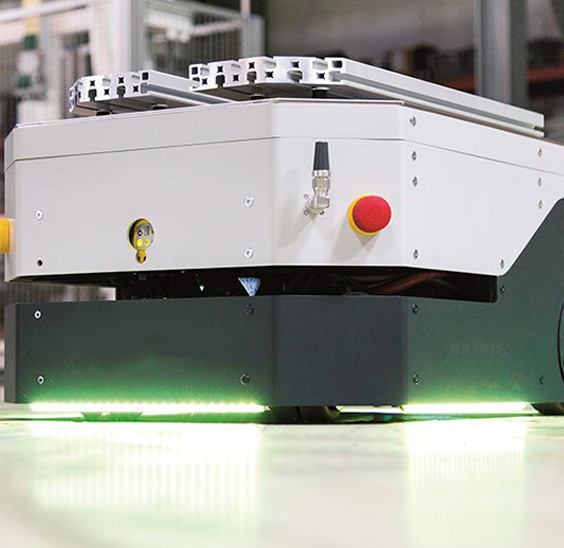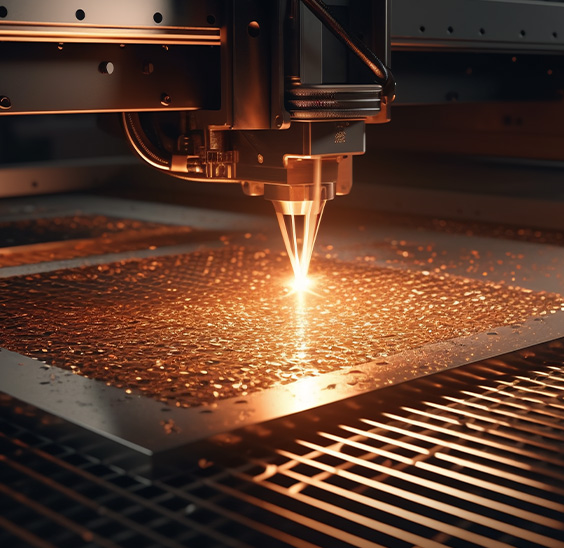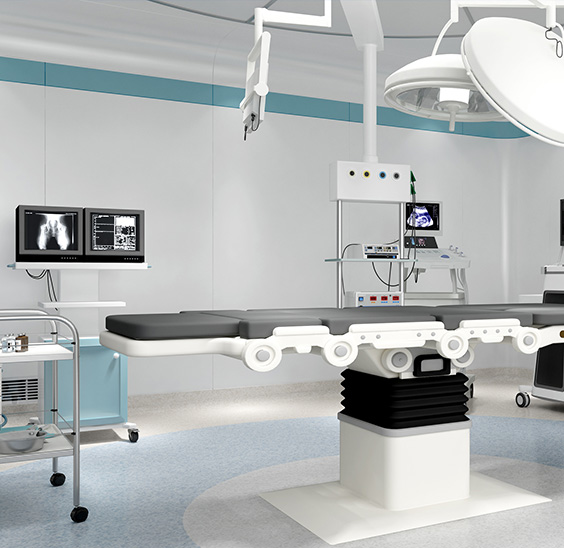How does brake chamber size affect braking system efficiency?
The efficiency of a commercial vehicle's braking system is critical for safety, performance, and compliance with transportation regulations. Among the key components influencing braking effectiveness, the brake chamber size plays a pivotal role.
Understanding Brake Chamber Functionality
A brake chamber converts compressed air pressure from the vehicle’s air brake system into mechanical force, which then activates the brake shoes or pads. The size of the chamber—typically measured by its diaphragm diameter—determines the output force it can generate. Common sizes include Type 9, 12, 16, 20, 24, and 30, with larger numbers indicating greater force capacity.
Key Factors Linking Chamber Size to Braking Efficiency
Force Output and Stopping Power
Larger brake chambers produce higher mechanical force for a given air pressure (following Pascal’s principle: Force = Pressure × Area).
Heavy-duty vehicles (e.g., tractor-trailers) often use Type 30 chambers to ensure sufficient braking force for high Gross Vehicle Weight (GVW).
Undersized chambers may lead to inadequate braking torque, increasing stopping distances and risking brake fade under load.
Response Time and Air Consumption
While larger chambers deliver more force, they require greater air volume to fill, potentially slowing system response by milliseconds.
Engineers balance chamber size with air supply capacity (compressor, reservoir) to avoid delays in brake application.
Heat Dissipation and Durability
Repeated braking generates heat, and larger chambers may distribute force more evenly, reducing localized wear on brake components.
Oversized chambers, however, can cause excessive brake drag if not matched with proper slack adjusters or S-cam profiles.
Industry Standards and Optimization
Regulatory bodies like the DOT (Department of Transportation) and FMVSS 121 mandate minimum braking performance, indirectly influencing chamber sizing. Fleet managers and OEMs select chambers based on:
Axle weight distribution (steer vs. drive axles often use different sizes).
Vehicle application (e.g., urban delivery trucks prioritize faster response, while long-haul trucks need sustained force).


 EN
EN  English
English Português
Português










